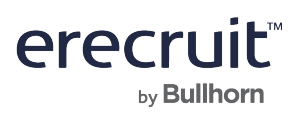Solutions for every segment
No matter your specialty, size, or region, Bullhorn solutions are purpose built to help you scale.
Discover agencies like yours who have found success with us.
1
customers
1
users
1



